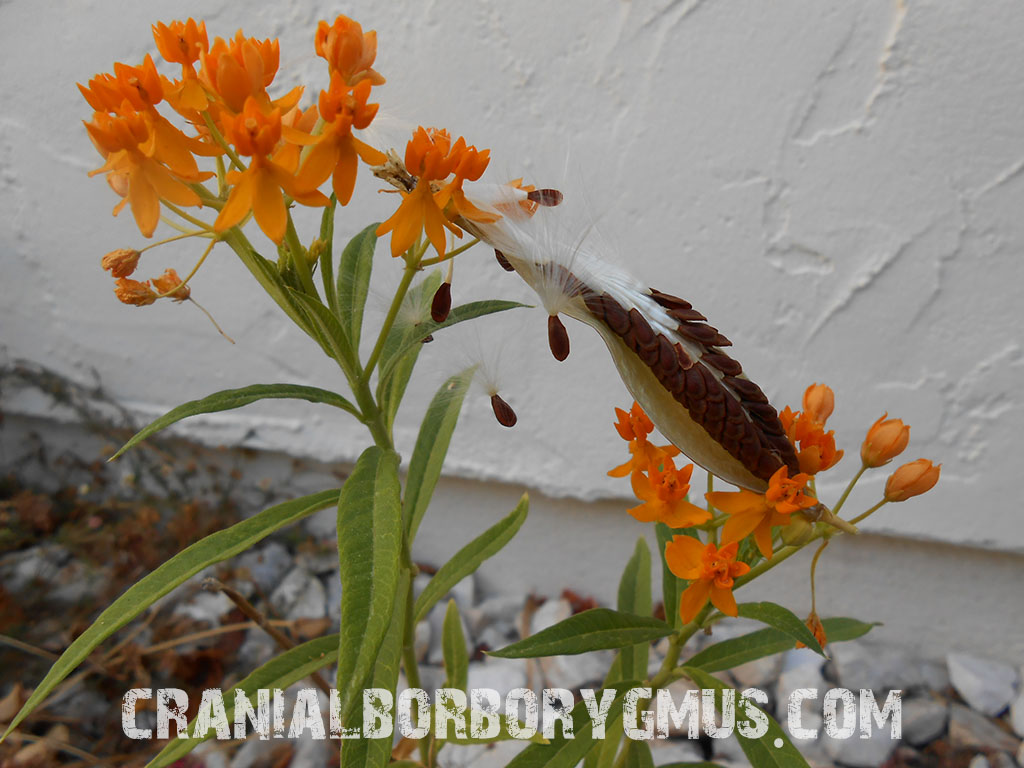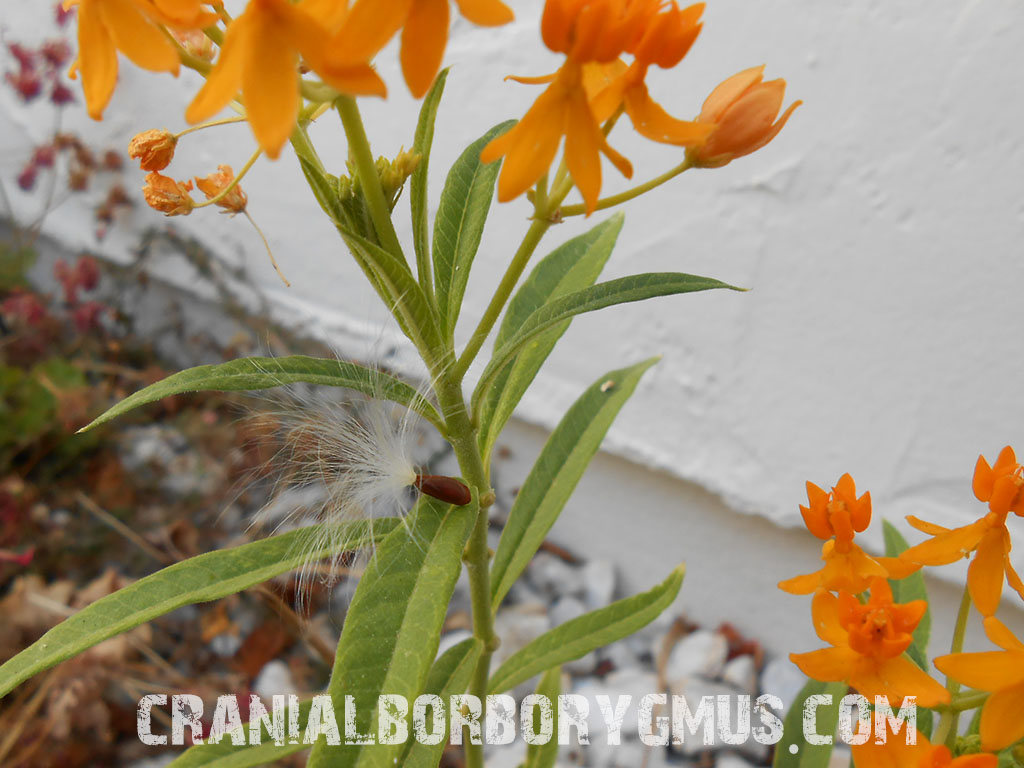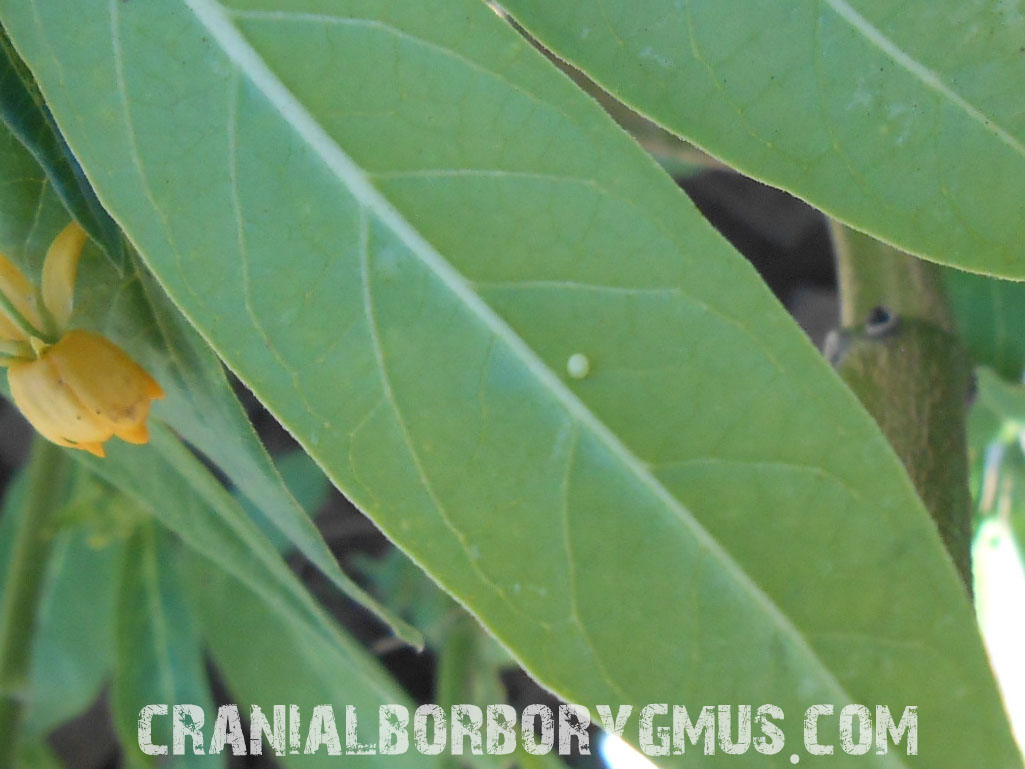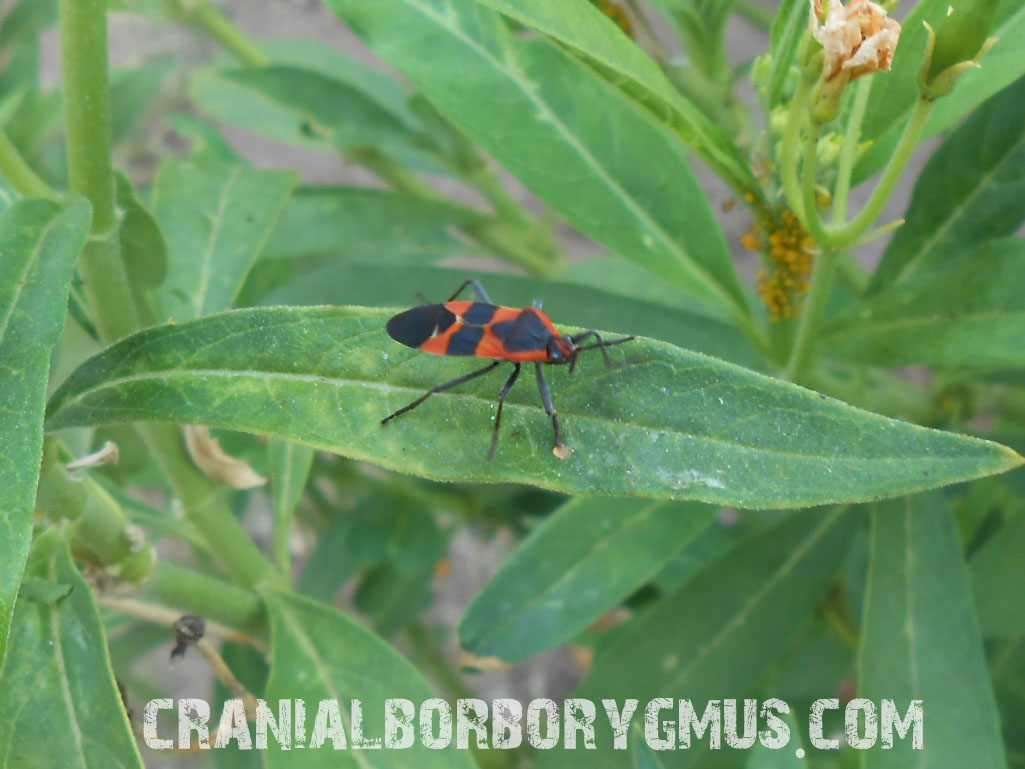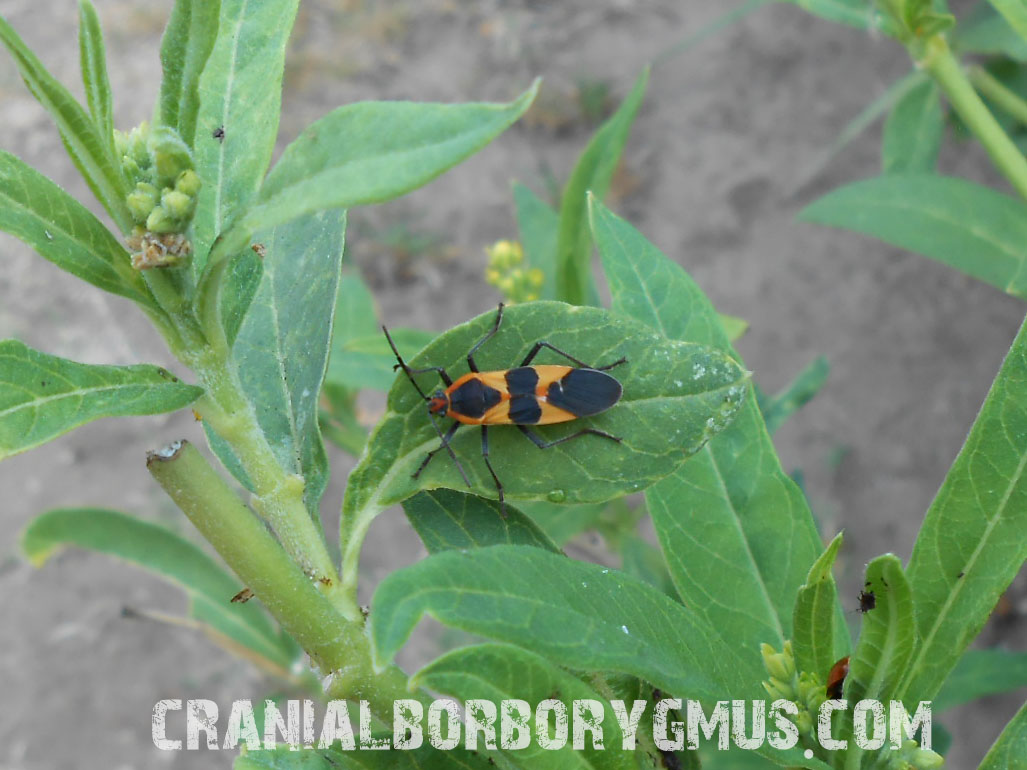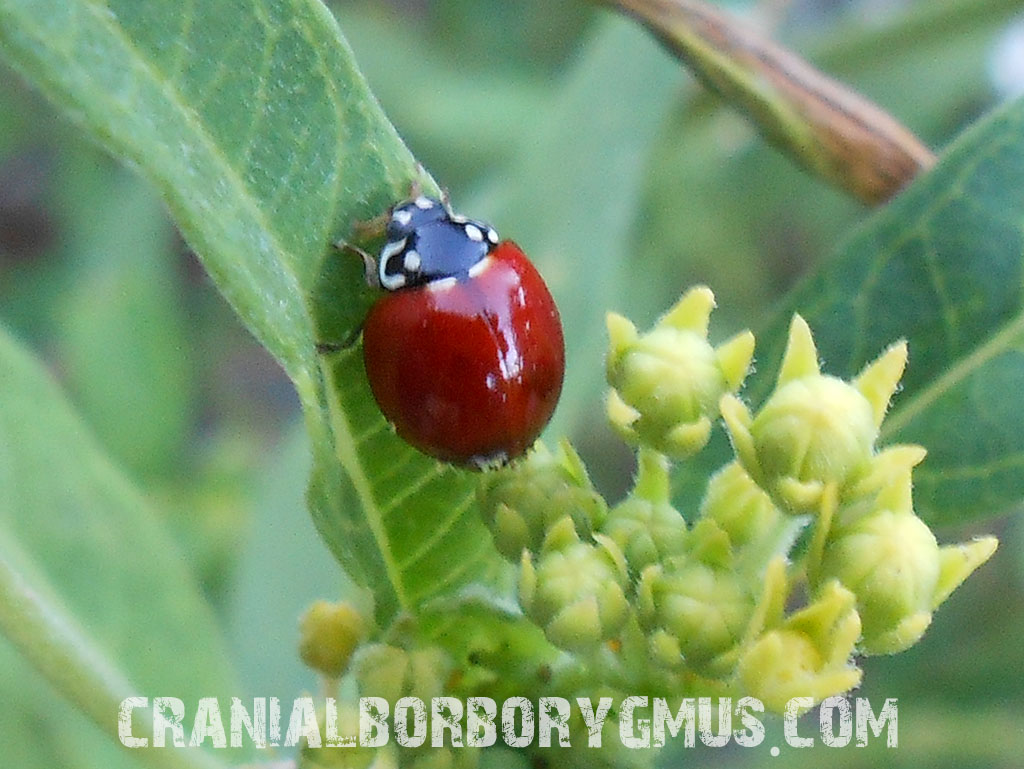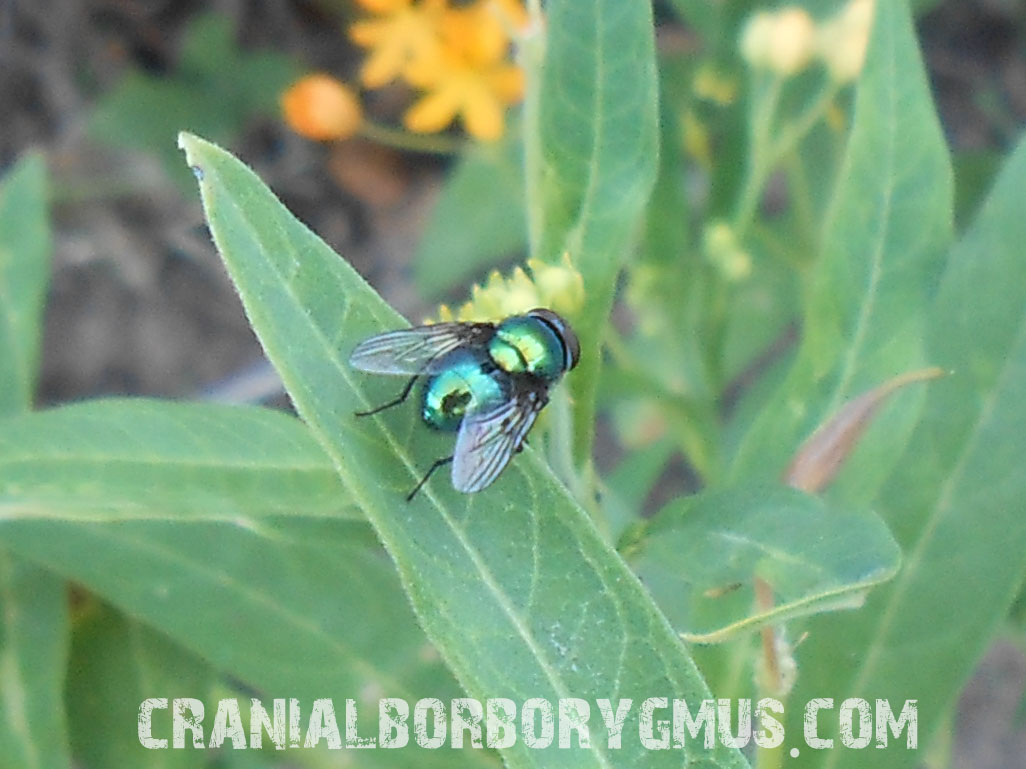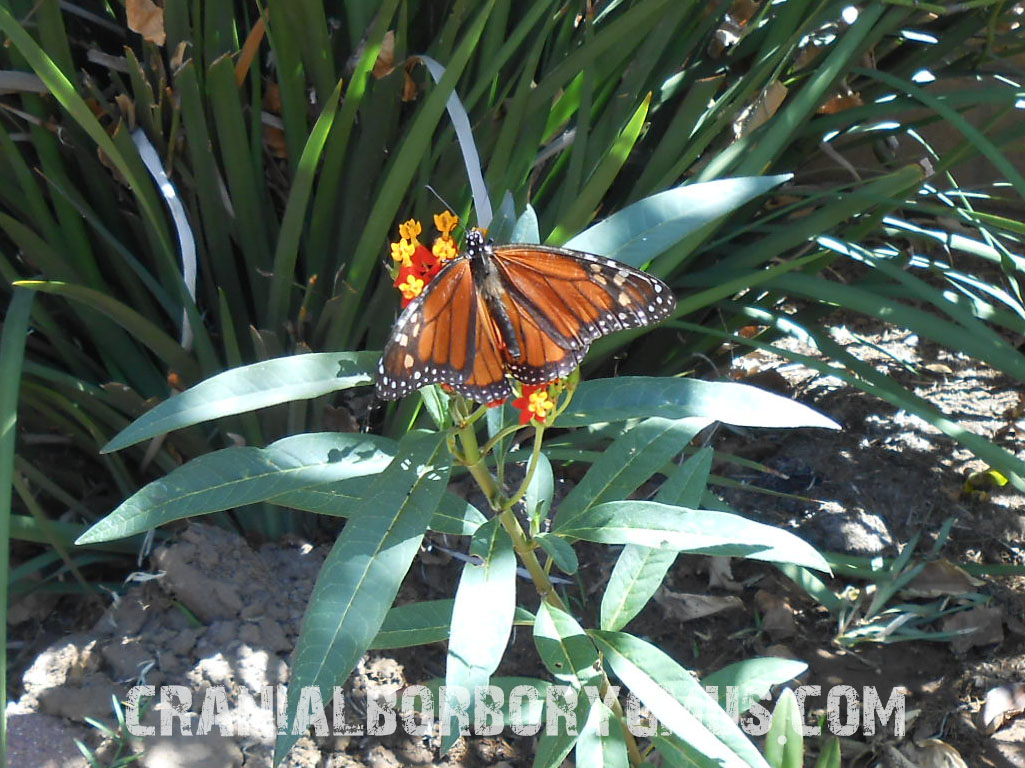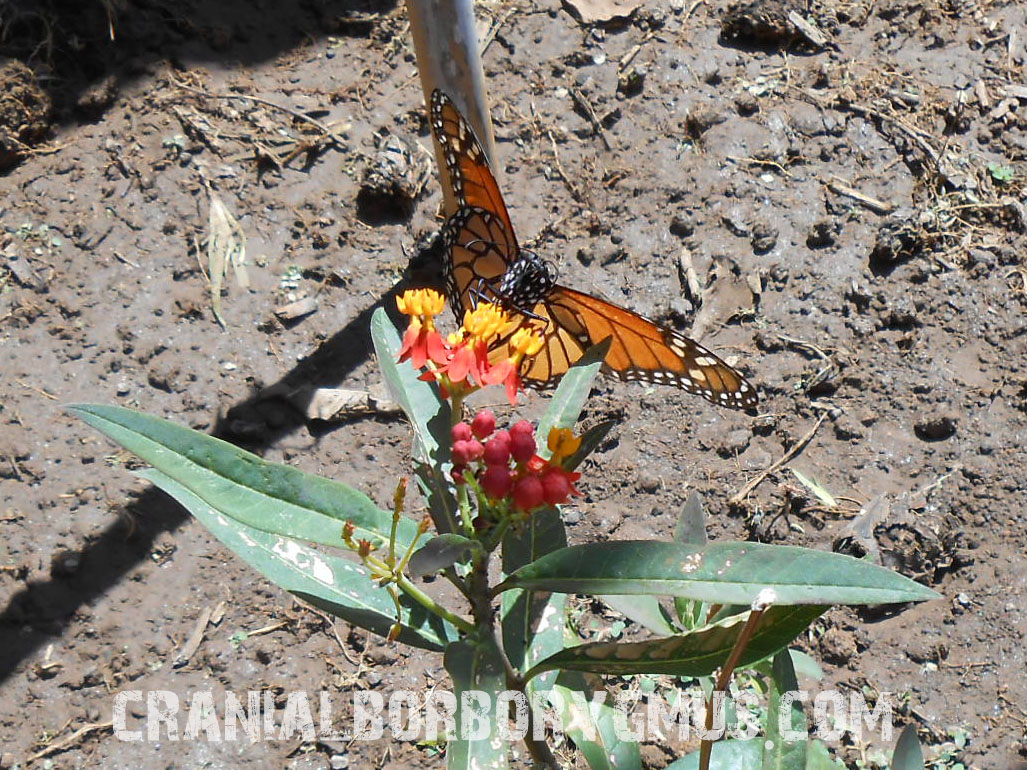|
Comments / Questions / Feedback:
Comment by mark on Saturday, May 21, 2016
What is the best way to germinate swamp milkweed? In the ground or in a
container?
Reply by Steve (Cranial Borborygmus)
Hi Mark, Thanks for your question. I'm not sure. I grow tropical milkweed
here in California. I've planted the seed both in pots (and then transplant) as
well as directly in the ground. Both work. I'm not sure what the best way to
germinate or plant swamp milkweed is though. Good luck!
Comment by Gail Feeney on Friday, May 26, 2017
Where do the caterpillars go when they eat all of the milkweed? Some of mine
are 1 1/2 inches and bigger around than my little finger. I never see where
they go, they are just gone.
Reply by Steve (Cranial Borborygmus)
Hi Gail, Thanks for your question. If you still have some milkweed leaves
left, it means the caterpillars have left to pupate (find a spot to hang in
a J and then turn into a chrysalis). They can travel up to 50 to 100 feet
before they find a spot to hang. If you've run out of milkweed (all
the leaves are eaten) then the caterpillars may have left to attempt to find
more milkweed if they aren't big enough to pupate. I often will see
caterpillars on our milkweed plants for a couple of days, and then they
"disappear". Then often we'll notice a chrysalis somewhere in the yard (on a
bush, a wall, or a fence for example), though also often we don't find the
chrysalises until after the butterflies have hatched and the chrysalis is
empty. We just keep our milkweed watered and grow more when and where we
can, and enjoy letting nature takes it's course, though occasionally a kid
will "capture" a caterpillar and feed it milkweed leaves in a container so
they can see it turn into a chrysalis, and then a butterfly. Thanks again
for commenting!
Comment by Georganne on June 19, 2017
My milkweed leaves are all gone and there are still several > caterpillars
looking for something to eat. Are they willing to eat st. augustine grass or
other leaves to keep from starving?
Reply by Steve (Cranial Borborygmus)
Hi Georganne, Monarch caterpillars really won't eat much besides milkweed. I
don't know anything about St. Augustine grass, but you could try. If the
caterpillars are big enough, you can try feeding them butternut squash. I
had good luck with it. Or you might find somewhere in your neighborhood that
still has milkweed plants, and move them there. Good luck!
Comment by Patti on Wednesday, October 25, 2017
Intrigued by that white monarch caterpillar shot. How did it turn out? Was
it a white monarch butterfly?
Reply by Steve (Cranial Borborygmus)
Hi Patti, Good question, but the answer is that I don't know. That was a
Monarch caterpillar that I saw in my backyard. Since I did not raise him in
captivity, I don't know what happened to him. I see quite a variety in the
coloring of our Monarch caterpillars. Although they all have the black,
yellow, and white strip pattern, some are darker and some are lighter. As
far as I know, they all look the same when they become Monarch butterflies
because all of the butterflies we see look the same. I often wonder why the
coloring on the caterpillars varies. One more thing to investigate some day
when I have more time.
* * * * * * * * * *
|



